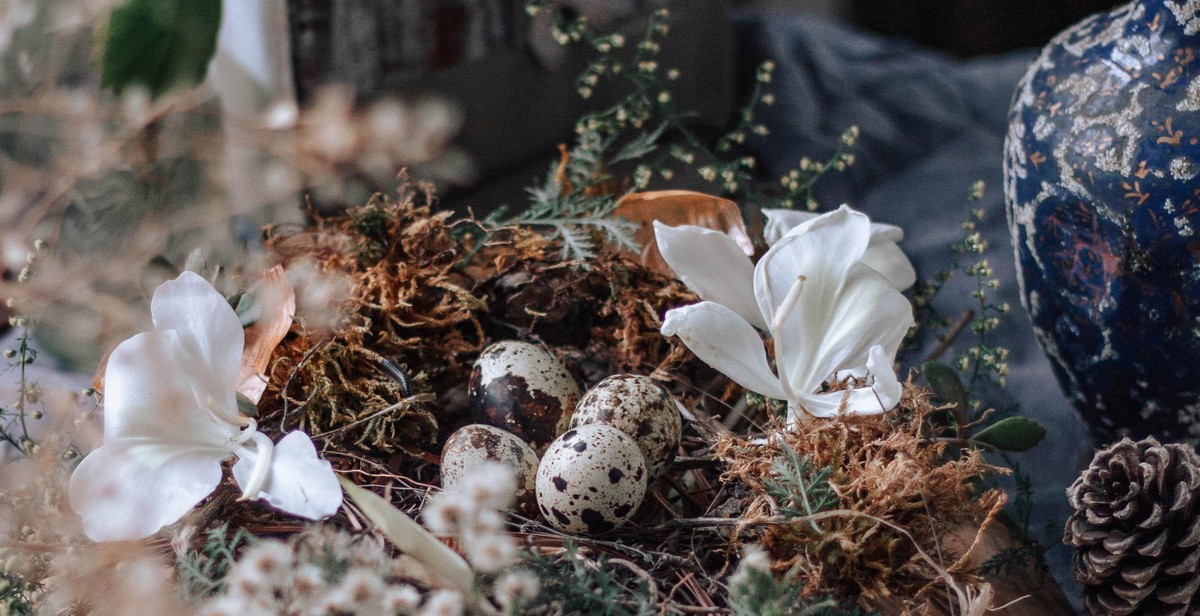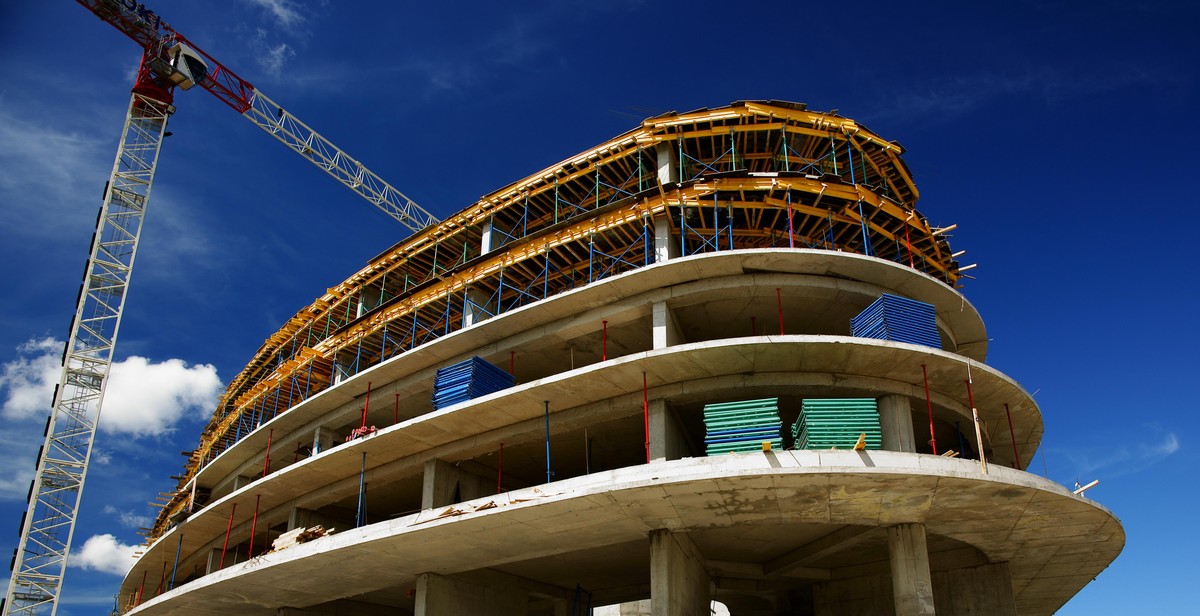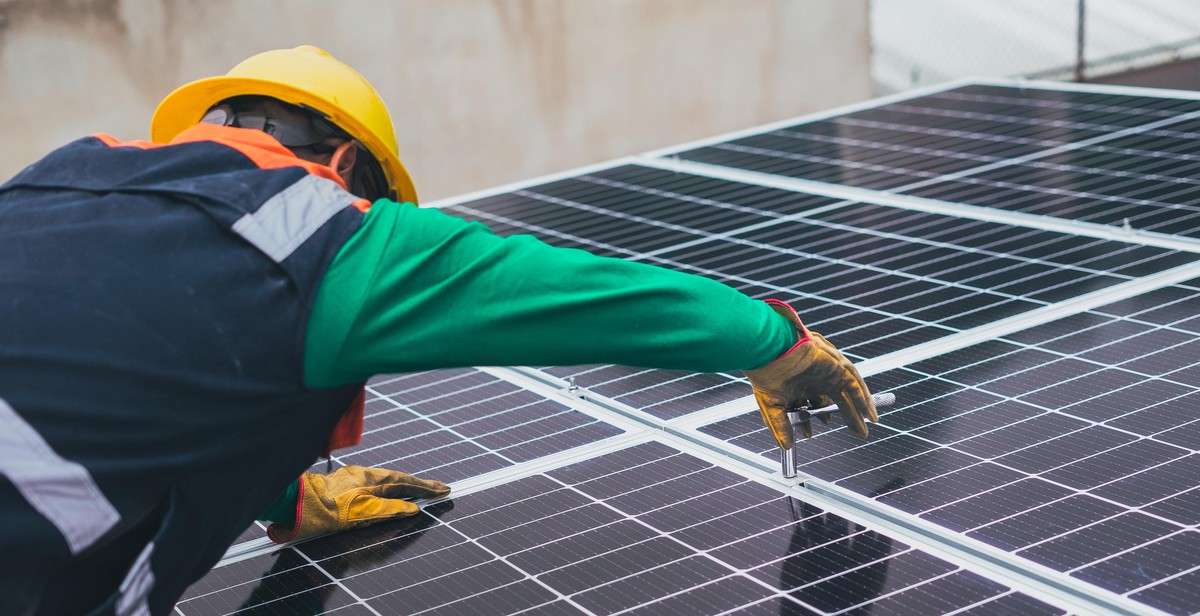How to Build a Birdhouse: DIY Projects for Nesting Birds in Your Yard
If you’re a bird lover and want to attract more feathered friends to your yard, building a birdhouse is a great way to do it. Not only does it provide shelter for birds to nest and raise their young, but it also adds a charming touch to your outdoor space. Plus, building a birdhouse can be a fun and rewarding DIY project for both adults and kids.
Benefits of Building a Birdhouse
Aside from the obvious benefit of providing a safe and cozy home for birds, building a birdhouse can also be a great way to:
- Learn new woodworking skills
- Bond with family members or friends over a shared activity
- Encourage kids to learn about nature and wildlife
- Add a decorative element to your yard
Choosing the Right Birdhouse Design
When it comes to choosing a birdhouse design, it’s important to consider the types of birds you want to attract. Different species have different preferences for the size and shape of their nesting boxes, as well as the placement and orientation of the entrance hole. Research the birds in your area and their nesting habits to choose a design that will be most inviting to them.
| Species | Box Size | Entrance Hole | Mounting Height |
|---|---|---|---|
| Bluebirds | 5″ x 5″ x 9-10″ | 1.5″ | 4-6 feet |
| Chickadees | 4″ x 4″ x 8-10″ | 1.125″ | 4-15 feet |
| Wrens | 4″ x 4″ x 6-8″ | 1.125″ | 6-10 feet |
With the right design and placement, your birdhouse can become a beloved home for generations of birds to come.

Choosing the Right Birdhouse Design
If you want to attract birds to your yard, building a birdhouse is a great way to provide them with a safe and comfortable place to nest. However, choosing the right birdhouse design is crucial to ensure that it meets the needs of the birds you want to attract. Here are some factors to consider when selecting a birdhouse design:
Consider the Type of Bird You Want to Attract
Each bird species has specific nesting requirements, so it’s important to choose a birdhouse design that caters to the needs of the species you want to attract. For example, cavity-nesting birds like chickadees and bluebirds require a small entrance hole, while larger birds like woodpeckers need a larger entrance hole and more interior space.
Size and Shape of the Birdhouse
The size and shape of the birdhouse should also be considered when choosing a design. The birdhouse should be large enough to accommodate the bird species you want to attract, but not so large that it becomes difficult to clean and maintain. The shape of the birdhouse should also be appropriate for the bird species, with some preferring a tall, narrow design while others prefer a wider, more open design.
Materials to Use for Building the Birdhouse
The materials used to build the birdhouse will also affect its durability and attractiveness to birds. Cedar, pine, and redwood are all popular choices for birdhouse construction due to their natural resistance to decay and insects. Avoid using pressure-treated wood or painted surfaces, as these can be harmful to birds.
By considering these factors when choosing a birdhouse design, you can create a safe and comfortable nesting place for the birds in your yard.

Gathering Materials and Tools
Tools You Will Need
Before beginning your birdhouse project, gather the following tools:
- Table saw or hand saw
- Drill and bits
- Hammer
- Screwdriver (flathead and Phillips)
- Measuring tape
- Pencil or marker
- Safety goggles
- Gloves
- Sandpaper
Materials You Will Need
Next, gather the following materials:
| Material | Quantity |
|---|---|
| Wood (cedar or pine) | 1 board (1x6x6ft) |
| Wood glue | 1 bottle |
| Wood screws (1 ½ inch) | 16 screws |
| Roofing material (shingles or metal) | 1 piece (6×6 inches) |
| Nails (1 inch) | 8 nails |
| Paint or stain (optional) | 1 can |
By gathering all of the necessary tools and materials before beginning your birdhouse project, you can ensure a smooth and efficient building process. With these items at the ready, you’ll be able to create a functional and attractive birdhouse that will provide a cozy home for nesting birds in your yard.

Building the Birdhouse
Step 1: Gather Materials
Before you start building your birdhouse, you will need to gather all the necessary materials. Here’s what you’ll need:
- 1 piece of wood, 8 inches wide and 12 inches long
- 1 piece of wood, 6 inches wide and 12 inches long
- 1 piece of wood, 5 inches wide and 6 inches long
- 1 piece of wood, 5 inches wide and 8 inches long
- Wood glue
- 1-inch screws
- Drill with 1-inch drill bit
Step 2: Cut Wood
Using a saw, cut the wood according to the following measurements:
| Wood Piece | Measurement |
|---|---|
| 8×12 inch piece | Cut in half to make two 6×8 inch pieces |
| 6×12 inch piece | Cut in half to make two 6×6 inch pieces |
| 5×6 inch piece | No cutting necessary |
| 5×8 inch piece | No cutting necessary |
Step 3: Assemble the Birdhouse
- Take one of the 6×8 inch pieces and place the 6×6 inch piece on top of it. Secure with wood glue and let dry.
- Take the other 6×8 inch piece and place it on top of the first piece, sandwiching the 6×6 inch piece in between. Secure with wood glue and let dry.
- Attach the 5×6 inch piece to the bottom of the birdhouse using wood glue and 1-inch screws.
- Attach the 5×8 inch piece to the top of the birdhouse using wood glue and 1-inch screws. This will be the roof of the birdhouse.
And there you have it! A simple birdhouse that you can build yourself. Hang it up in your yard and watch as birds make it their home.

Painting and Decorating the Birdhouse
Once you have built your birdhouse, it’s time to paint and decorate it. This step is important not only for aesthetic purposes but also for protecting the wood from weather damage and pests. Here are some tips on choosing the right paint and sealant and decorating your birdhouse:
Choosing the Right Paint and Sealant
When it comes to painting your birdhouse, it’s important to choose a paint that is safe for birds. Avoid using lead-based or oil-based paints as they can be toxic to birds. Instead, opt for an acrylic or water-based paint that is non-toxic and safe for birds.
Before painting, make sure to sand the birdhouse to remove any rough edges or splinters. This will ensure that the paint adheres properly to the wood. Apply a primer before painting to help the paint stick and last longer.
Once the paint has dried, it’s important to seal the birdhouse to protect it from weather damage and pests. Use a non-toxic sealant such as polyurethane or varnish to seal the birdhouse. Apply two to three coats of sealant, allowing each coat to dry completely before applying the next one.
Decorating the Birdhouse
Decorating your birdhouse is a fun and creative way to make it stand out in your yard. You can use stencils to paint designs on the birdhouse or add decorative elements such as flowers or vines. Just make sure to use non-toxic materials and avoid adding anything that could harm the birds.
Another way to decorate your birdhouse is by adding a roof or porch. This not only adds a decorative element but also provides additional shelter for the birds. You can use materials such as twigs, bark, or small branches to create a natural-looking roof or porch.
Overall, painting and decorating your birdhouse is a fun and rewarding step in the DIY process. By following these tips, you can create a beautiful and safe home for your feathered friends.

Installing Your Birdhouse
After building your birdhouse, the next step is to install it in your yard. Here are some tips to ensure the best location and mounting:
Choosing the Right Location
Choosing the right location is crucial for the success of your birdhouse. Here are some things to consider:
- Place the birdhouse in an area with natural vegetation and trees. This will provide shelter and food for the birds.
- Avoid placing the birdhouse near bird feeders or bird baths. The commotion and noise may scare the birds away.
- Ensure that the birdhouse is facing away from prevailing winds and direct sunlight. This will prevent the birdhouse from overheating or getting too cold.
- Place the birdhouse at a height of at least 5 feet above the ground. This will protect the birds from predators like cats and dogs.
Mounting the Birdhouse
Mounting the birdhouse securely is important to ensure that it does not fall or sway in the wind. Here are some tips:
- Mount the birdhouse on a sturdy pole or post. Avoid mounting it on a tree, as it can be easily dislodged by wind and predators.
- Use screws or nails to securely attach the birdhouse to the mounting pole. Avoid using glue, as it may not hold up in extreme weather conditions.
- Ensure that the birdhouse is level and straight. A tilted or uneven birdhouse may deter birds from nesting.
- Consider installing a predator guard around the pole or post to prevent predators from climbing up and accessing the birdhouse.
 |
Example of a birdhouse mounted on a pole with a predator guard |
By following these tips, you can ensure that your birdhouse is in the best location and securely mounted, providing a safe and comfortable nesting spot for your feathered friends.

Conclusion
Building a birdhouse is a fun and rewarding DIY project that can provide a safe and comfortable nesting place for birds in your yard. With the right materials, tools, and techniques, you can create a birdhouse that is both functional and aesthetically pleasing.
Before you start building, it’s important to research the types of birds that frequent your area and their nesting preferences. This will help you choose the right size and design for your birdhouse. Additionally, make sure to use untreated wood and avoid using any materials that may be harmful to birds.
When building your birdhouse, take your time and follow the instructions carefully. Use a saw, drill, and other tools safely and wear protective gear as needed. Once your birdhouse is complete, make sure to install it in a suitable location, such as a tree or pole, and at the right height for the type of bird you want to attract.
Overall, building a birdhouse can be a fun and educational project for the whole family. Not only will you be providing a home for birds, but you’ll also be able to observe their behavior and enjoy their presence in your yard. So gather your materials and tools, follow these tips, and get ready to build a birdhouse that will be the envy of your feathered friends!
